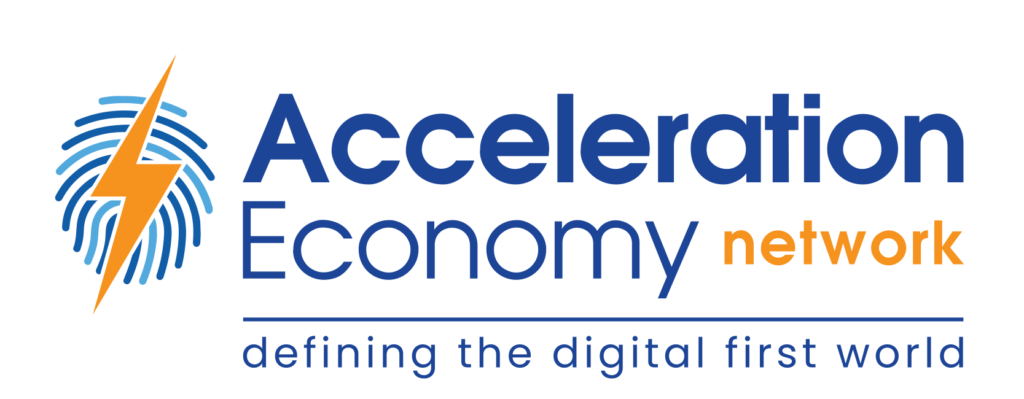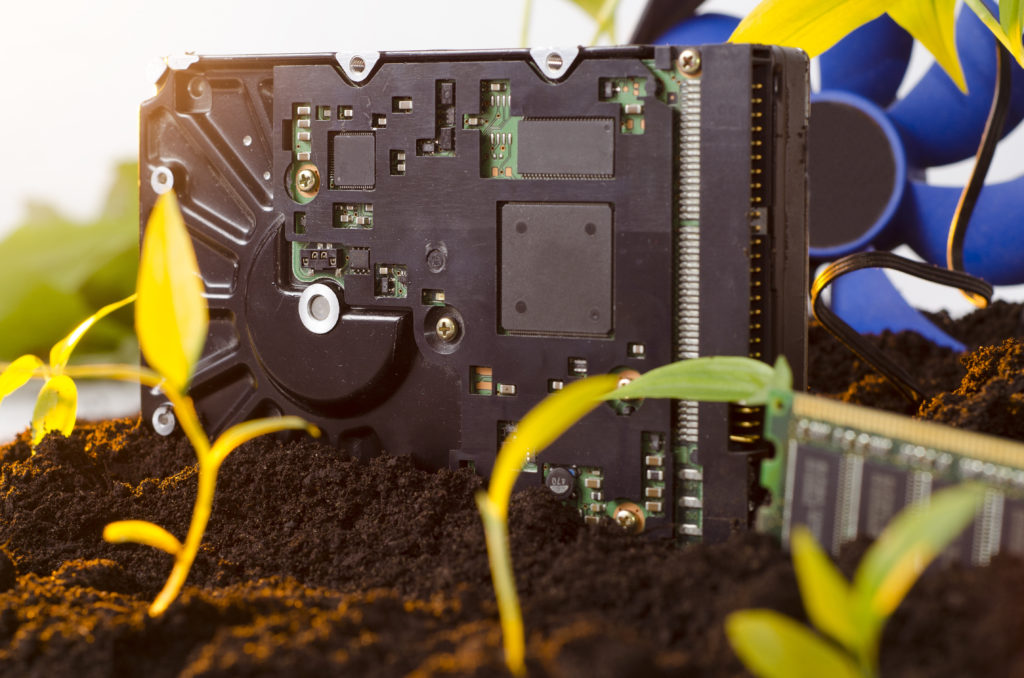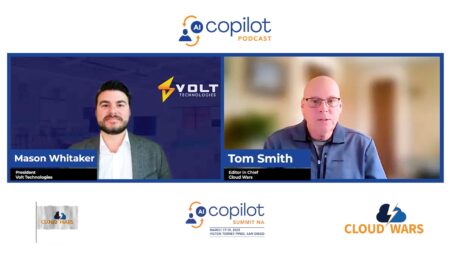
Most people—even most corporate CIOs—don’t give Hard Disk Drives (HDDs) a moment’s thought. Spinning platters that hold our data, from desktop to data center, have been a fact of life since 1957 when IBM introduced the 4MB Model 350 RAMAC.
But if you’re responsible for an Enterprise data center, a Cloud Service Provider, or a Hyperscale Cloud business, Hard Disk Drives are top of mind. Wait a minute: Hard Drives? Isn’t the world running on newer Solid-State Drives (SSDs) with no moving parts? Your phone is, and maybe your laptop—but according to Brad Warbiany, Director of HDD Technical Marketing at Western Digital, around 80% of data in large data centers is stored on HDDs. Especially for CSPs and Hyperscalers, where IT infrastructure is Cost of Goods Sold (COGS), and getting the most from their HDDs matters greatly. While that’s always meant looking at cost and reliability, today we must add TCO and sustainability as important considerations.
Western Digital has been at the forefront of HDD innovation for nearly 50 years, and it continues to drive down costs while increasing capacity, performance, and TCO to help customers stay on top of data generation – which IDC forecasts will be a 21% CAGR over the next few years(1). Keeping ahead of such explosive demand growth, especially while reducing customer TCO and improving sustainability, requires continual technology improvements. When it comes to HDDs, which involve spinning platters and moving heads, that means cramming more data onto every platter (called ‘areal density’), stacking more platters into one drive, and myriad other material and mechanical innovations.
And that’s what Western Digital has been doing. Its HelioSeal process, which replaces air with inert helium gas to reduce vibration and increase cooling, paved the way for 10 platters/drive. Combining HelioSeal with ePMR (energy-assisted Perpendicular Magnetic Recording) and its new OptiNAND™ technology, which allows 2.2TB per platter, yields 22TB(2) drives using CMR (Conventional Magnetic Recording). If the customer is willing to invest in the capabilities which enable SMR (Shingled Magnetic Recording), Western Digital’s OptiNAND + UltraSMR technologies allows for drives that store 26TB, an 18% capacity boost without increasing power, cooling, or space. I can’t speak for other CIOs, but I’ll take an 18% increase in capacity any day!
An 18% increase in capacity without additional power or cooling has an obvious side effect: a decrease in your Scope 1 (direct) and Scope 2 (purchased electricity) emissions for a given capacity. Since HDDs require adequate power and cooling, 18% is a big number for a large data center. Another benefit from this capacity increase is increased reliability on an overall per TB basis: fewer motors to spin platters and move heads means reduced chances for failure. For example, if sticking with CMR HDDs, using 22TB HDDs versus 16TB to deploy 2PB of storage would require 27% fewer servers and use 26% lower energy consumption in Watts/TB idle to store the same amount of data. There is also less infrastructure and maintenance cost by eliminating the extra servers. So overall, TCO savings is achieved by using higher capacity 22TB and eliminating servers and other supporting infrastructure.
Western Digital is also working to reduce its own emissions, which translates into reduced Scope 3 emissions for customers. Brad explained that the firm has joined the ‘Science-Based Targets Initiative (SBTi) (Ambitious corporate climate action – Science Based Targets) and has committed to reduce its overall Scope 1 and 2 emissions by 42%, and use phase Scope 3 emissions on an emissions/TB basis by 50%, from 2020 to 2030. It’s important to note that these Scope 3 reductions are on a ‘per TB’ basis, which can help customers more efficiently store more data per GHG emission produced. Another sustainability initiative from Western Digital is its participation in the “Circular Drive Initiative’ (Circular Drives), an industry group seeking ways to reuse storage hardware that, for one reason or another, is no longer fit for purpose as front-line storage. Finding secondary markets for storage—while assuring the original customers that their data has been erased—is a terrific way to reduce e-waste.
From 4MB to 26TB is an amazing 650,000% increase in storage capacity over 65 years. And Western Digital continues to invest in HDD technology to ensure Hyperscalers and Enterprise customers can keep up with the customers’ growing needs for reliable, cost-effective, and sustainable storage.
- May 2022 – Market Forecast – Doc # US49018922, Worldwide IDC Global DataSphere Forecast, 2022–2026: Enterprise Organizations Driving Most of the Data Growth
- One terabyte (TB) is equal to one trillion bytes. Actual user capacity may be less due to operating environment.









